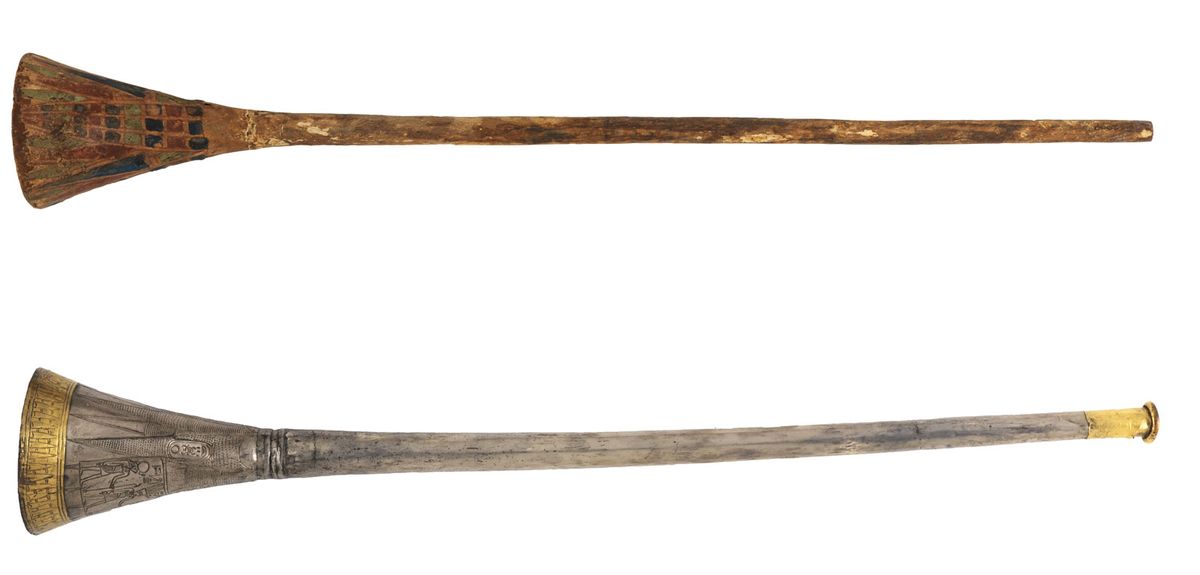By November 1922, the British archaeologist Howard Carter had spent six long seasons searching for King Tutankhamun’s tomb. His sponsor, the Earl of Carnarvon, was about to pull the plug on the project when a single step cut into the earth was uncovered. Despite other Egyptologists declaring that everything of importance in the Valley of the Kings had already been unearthed, this step led to the discovery of the mausoleum of Tutankhamun. Carter had found the only intact royal tomb dating from the New Kingdom, still filled with everything the boy king could possibly need in the afterlife, from gold pectorals with inlaid glass to gilded beds.
Around 150 of the 5,000 artefacts found are to go on display in London this month as the third stop in a four-year global tour that began last year to mark the centenary of Carter’s discovery. Highlights include a silver trumpet with “magical properties” that is linked to the so-called curse of King Tut. Legend has it that Cairo suffered a blackout the first time it was played, and the Second World War broke out shortly after it was played a second time.
Organised by the Egyptian ministry of antiquities and the global sports and media company IMG, the exhibition is the largest collection of Tutankhamun artefacts ever to leave Egypt. When the tour ends in 2022, the objects will “retire” permanently to Cairo’s Grand Egyptian Museum, says the show’s curator Tarek el Awady. Funds generated by the tour (peak-time adult tickets cost as much as £37.40) will benefit the museum, which is expected to launch in 2020 after a series of lengthy delays.
• Tutankhamun: Treasures of the Golden Pharaoh, Saatchi Gallery, London, 2 November-3 May 2020


